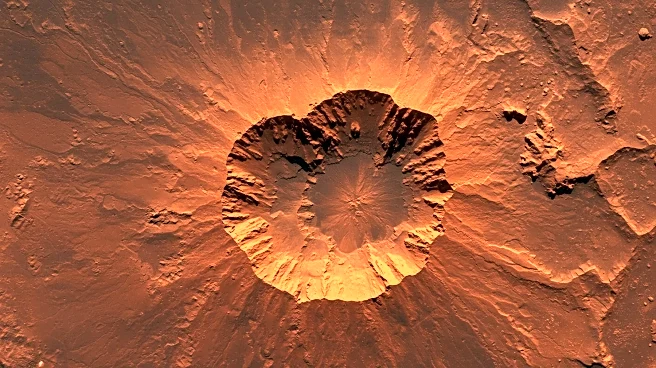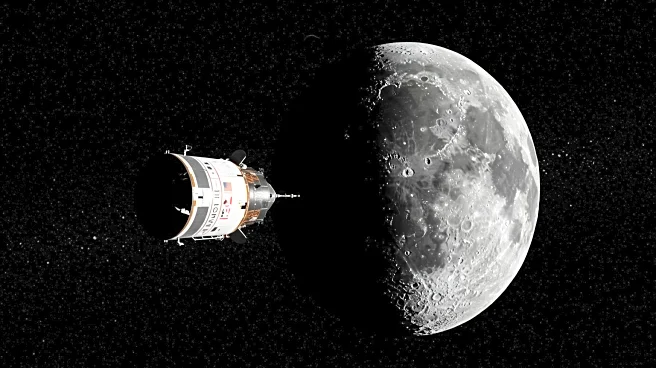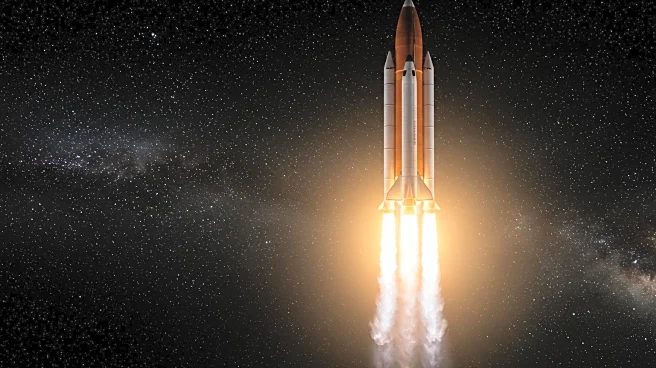Rapid Read • 7 min read
NASA's Perseverance rover has identified a peculiar helmet-shaped rock on Mars, composed of smaller spherules. This discovery provides insights into the current wind-driven processes shaping the Martian surface. The rover, which is studying sand ripples and megaripples, aims to understand the role of wind and water in Mars' modern environment. The rock, named Horneflya, was found in a smoother terrain after the rover faced challenges climbing a steep hill. The observations made by Perseverance could aid future Mars missions by helping map terrain and identify resources for astronauts.
AD
The discovery of the helmet-shaped rock highlights the ongoing geological processes on Mars, offering valuable information about the planet's surface dynamics. Understanding these processes is crucial for future exploration missions, as it can inform strategies for navigating the Martian terrain and utilizing local resources. The findings also contribute to the broader scientific knowledge of Mars, aiding in the preparation for potential human exploration.
NASA's Perseverance rover will continue its exploration of Mars, focusing on areas like Kerrlaguna and Lac de Charmes to gather more data on the planet's surface features. The rover's instruments will analyze the size and chemistry of sand grains and salty crusts, providing further insights into Mars' environmental conditions. These efforts will support the development of terrain maps and resource identification for future missions.
The discovery raises questions about the potential for life on Mars and the planet's habitability. It also underscores the importance of robotic exploration in advancing our understanding of extraterrestrial environments and preparing for human missions.
AD
More Stories You Might Enjoy










